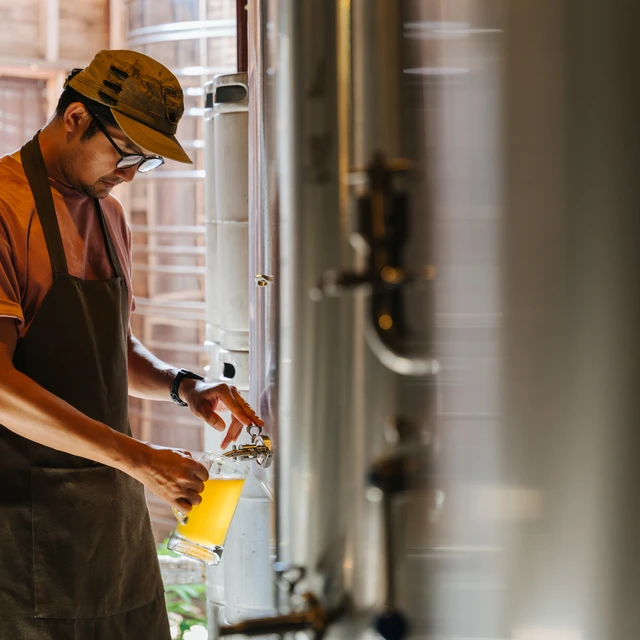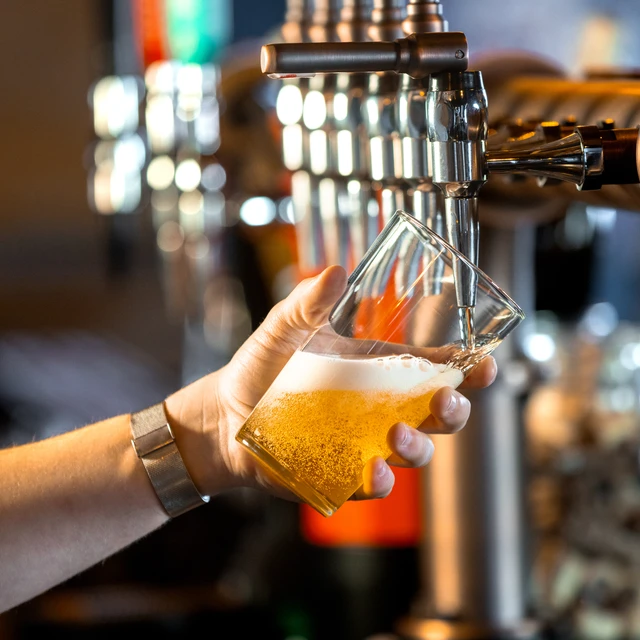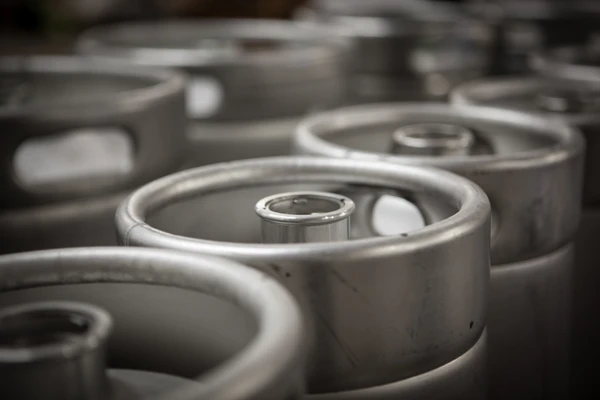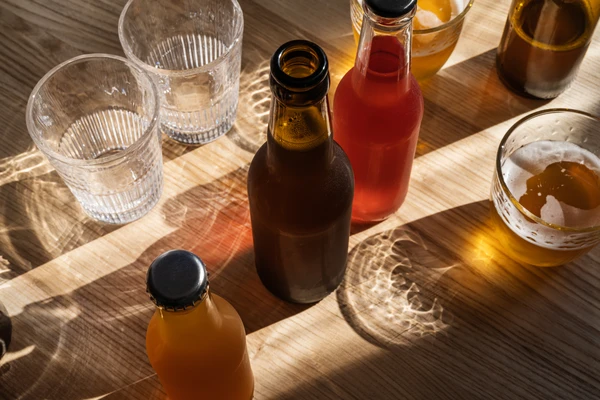
Brewery launches non-alcoholic IPA in under three months
Case Study: Discover how this brewery produced a non-alcoholic IPA more cost-effectively and sustainably – without dealcoholization.
Craft brewery looked for a cost-effective path to NAB
A medium-sized craft brewery aimed to introduce a flavorful non-alcoholic IPA within a short time. Due to the substantial costs and lengthy commissioning period associated with dealcoholization equipment, the brewery sought a more efficient solution.
SmartBev™ NEER™ speeds product launch
Novonesis worked with the brewmaster to achieve the desired aroma and flavor profile set by their marketing.
Using SmartBev™ NEER™, the initial brewing trial yielded a product of satisfactory quality, prompting the brewery to speed up its launch with only minor adjustments.
Compared to dealcoholization, this process gave significant savings in malt and energy use, making it more cost-effective and sustainable.
The entire process, from concept to product launch, was completed in under three months.

SmartBev™ NEER™ enables 0.0% ABV beer success
Following the success of the non-alcoholic IPA, the brewery pursued a 0.0% ABV version of the original non-alcoholic beer.
Because it is Crabtree Negative, SmartBev™ NEER™ also supports 0.0% ABV.
Novonesis helped by introducing trial equipment for a micro-aerobic brewing process. This maintained the NEER™ yeast in respiration, thereby preventing alcohol formation.
After successful trials, Novonesis further supported the brewery by advising on how to implement their own dissolved oxygen control system for ongoing production.
Location: Scandinavia
Explore more success stories.

Solving a logistical challenge
Using SmartBev™ frozen liquid yeast (FLY) let this brewer produce beers closer to market, reducing logistical costs and complexity.

3 X lower dosing rate cuts costs
Challenge: Production of a regional and international brewer’s ultra-low-carb beer used a glucoamylase that required a very high dose rate.

Make probiotic claims on a kombucha product label
The live microorganisms in kombucha are a nightmare for producers. Here’s a way to make clear probiotic claims on the label in a cost-effective way.